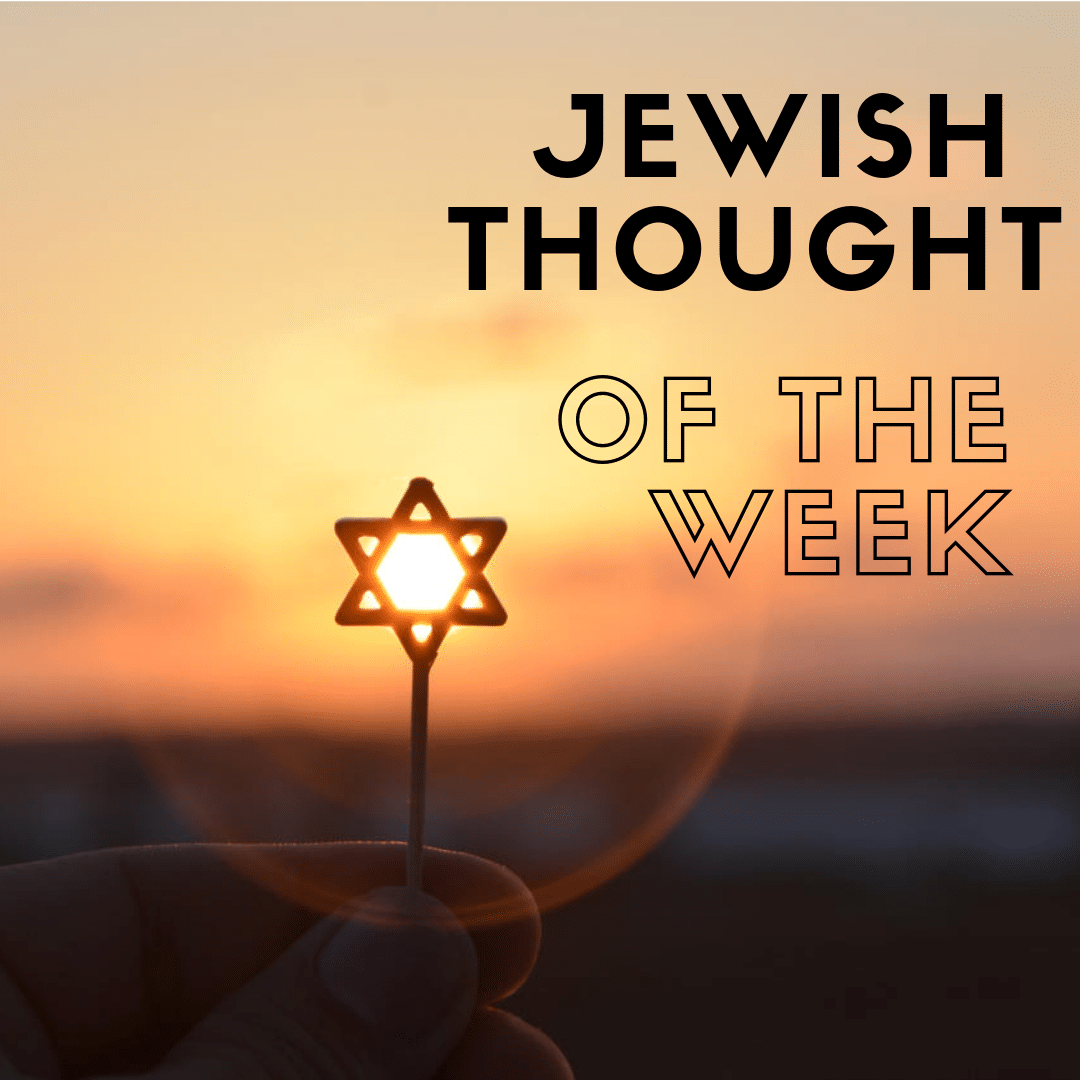By Rus Devorah Wallen
Rus Devorah Wallen is a musician, healer and teacher. She has worked both within and outside the Lubavitch community for over 40 years leading workshops, delivering lectures and working one on one with a variety of learners and seekers. Today, she provides us with insight into this week’s Torah portion through her innovative “T for 2.”
See below to listen to RD’s Jewish Thought of the Week or read the full transcript.
T for 2
I’m Rus Devorah Wallen and I’d like to share my T for 2, my Torah thought for two minutes, more or less.
According to King Solomon, “To everything there is a season, and a time for everything under the heaven.” What is the connection between the timing of Parshas Mikeitz and Chanukah? In Proverbs, the wise king says, “ki ner mitzvah v’Torah” or – the mitzvah is a lamp and the Torah is light. Metaphorically, light, like Torah, warms, it spreads upwards and outwards and illuminates the darkness. We’ve mentioned that the spiritual light of the menorah in the holy Temple in Jerusalem would illuminate the world, since the windows were constructed in a way that were beveled and flanged to radiate the light toward the darkness of the outside world, not for light to enter.
Now, how can we connect Canukah with the portion? At the beginning of this week’s reading, Pharaoh has a dream. The verse says, “Out of the river there emerged seven cows…” These cows were healthy, robust, and shmaltzidiker. After them, however, seven gaunt and bony cows emerged. The skinny, scrawny cows ate the fat, healthy cows and left no trace. The number 7 is a number connected with the natural world. There are 7 days of creation, 7 days in the week, seven colors in the spectrum, seven notes in the diatonic musical scale, etc. The menorah in the Holy Temple had 7 branches but was hewn from one solid piece of gold, symbolizing the 7 generic personality types that come together as one nation under G-d. Eight, on the other hand, represents that which is above and beyond nature – the transcendent and miraculous. In the story of Chanukah, it was the miracle that came from one vial of pure, unblemished olive oil, used for lighting the menorah in the Temple that represented the defeat of light over darkness, of the miraculous over the natural, foiling the Greek’s efforts to cause us to violate G-d’s Torah. That flask that should have only burned for one day, stayed lit miraculously for eight days. Chanukah commemorates the super-rational and supernatural efforts of a small group of Jews, winning a seemingly impossible fight against the large Syrian-Greek army. As the Chanukah prayers state, “You (Hashem) delivered the mighty into the hands of the weak, the many into the hands of the few.” In other words, our scrawny, little group of Maccabees proverbially “ate up” robust and powerful enemies. This is the connection to Pharaoh’s dream.
Again, in Proverbs, king Solomon says, The soul of man is G-d’s candle.” We are G-d’s representatives for spreading warmth and light in and around His world. As Rabbi Lord Jonathan Sacks says, “For though my faith is not yours and your faith is not mine, if we are each free to light our own flame, together we can banish some of the darkness of the world.” May we each, lit up with inspiration, join together like the one solid gold Menorah shed our unique light to the world, illuminating and dispelling the obscurity that surrounds us.

